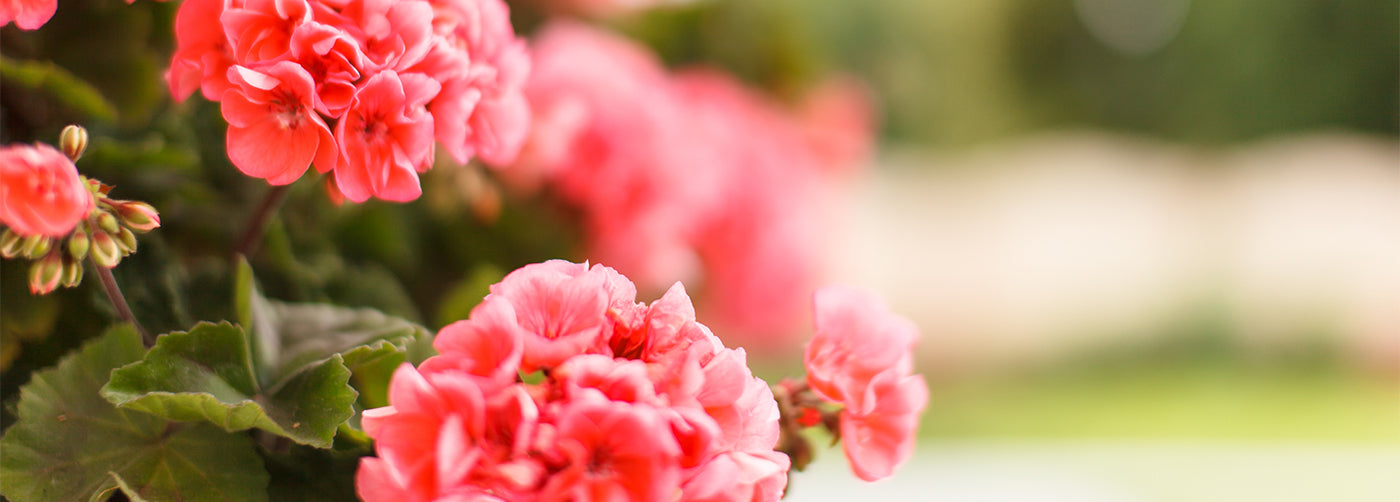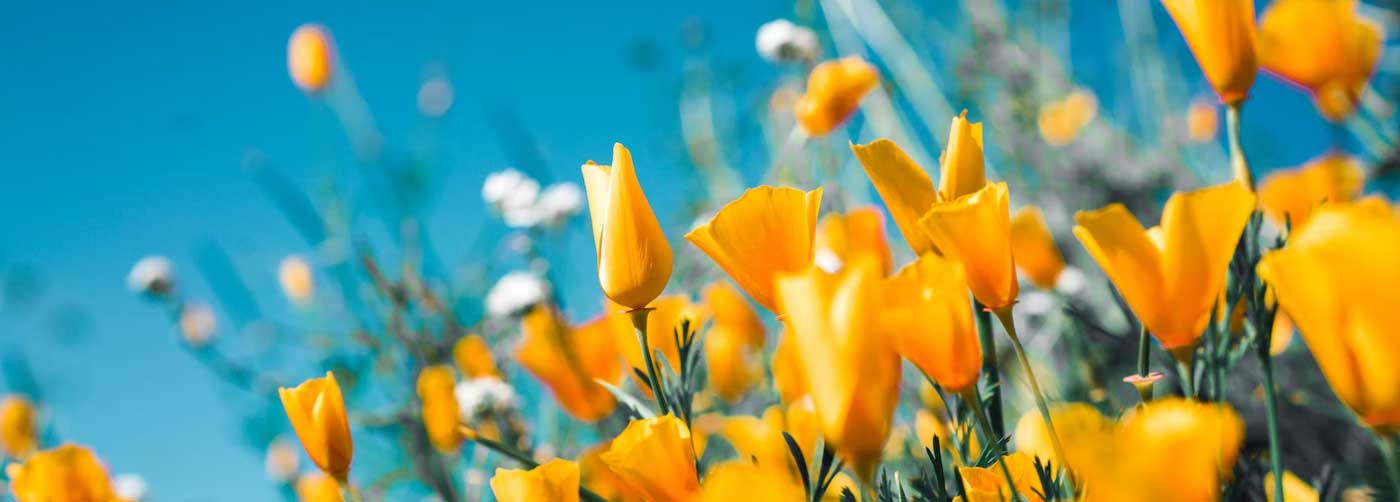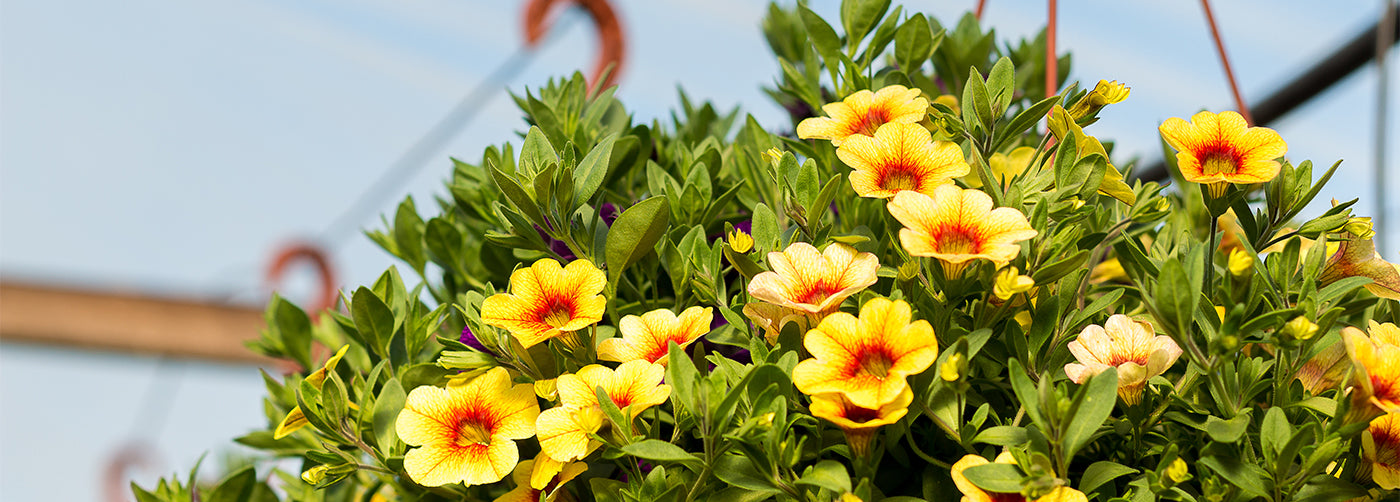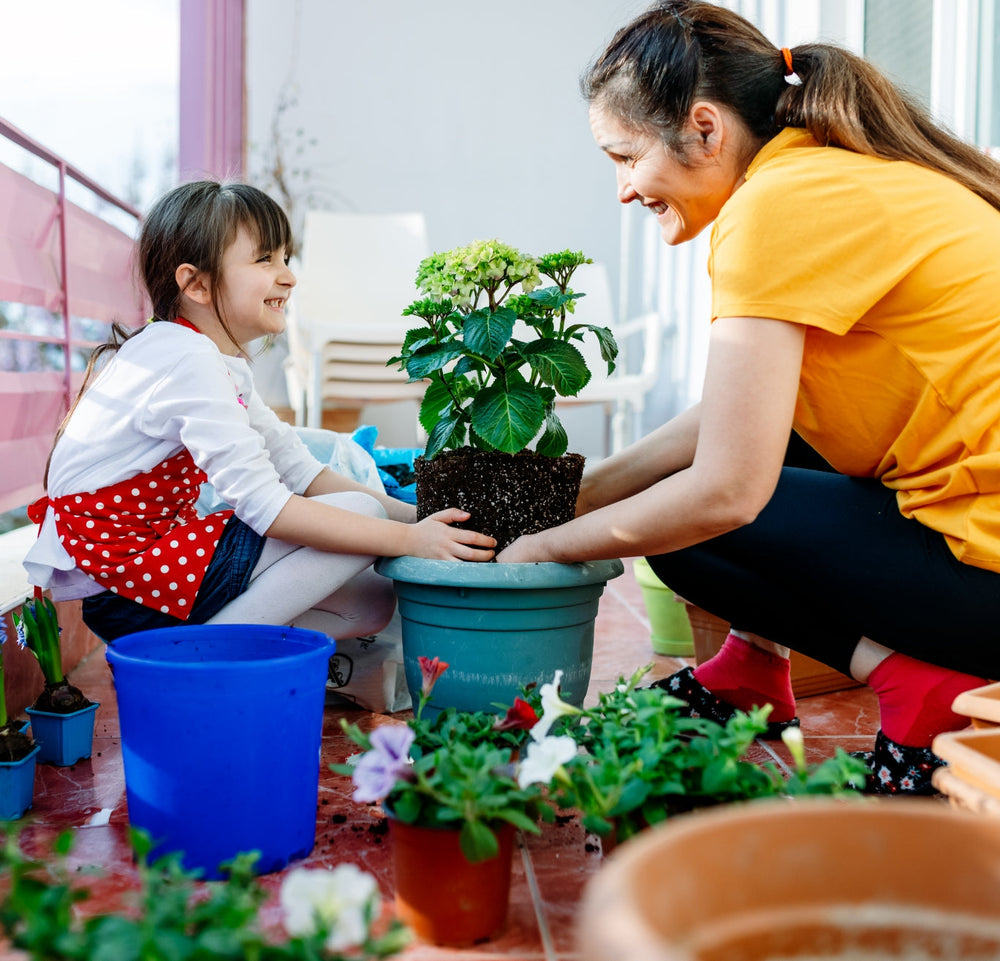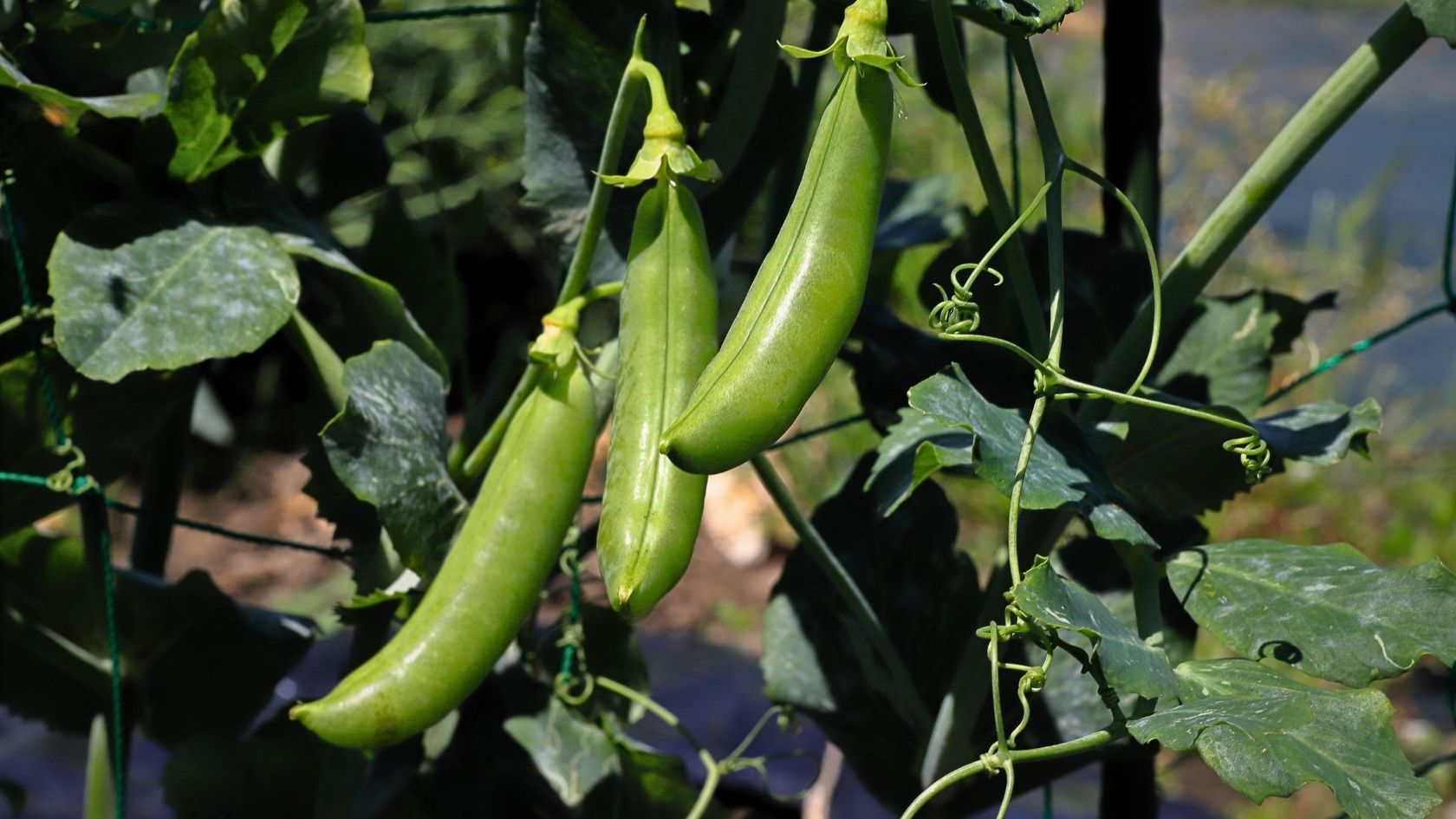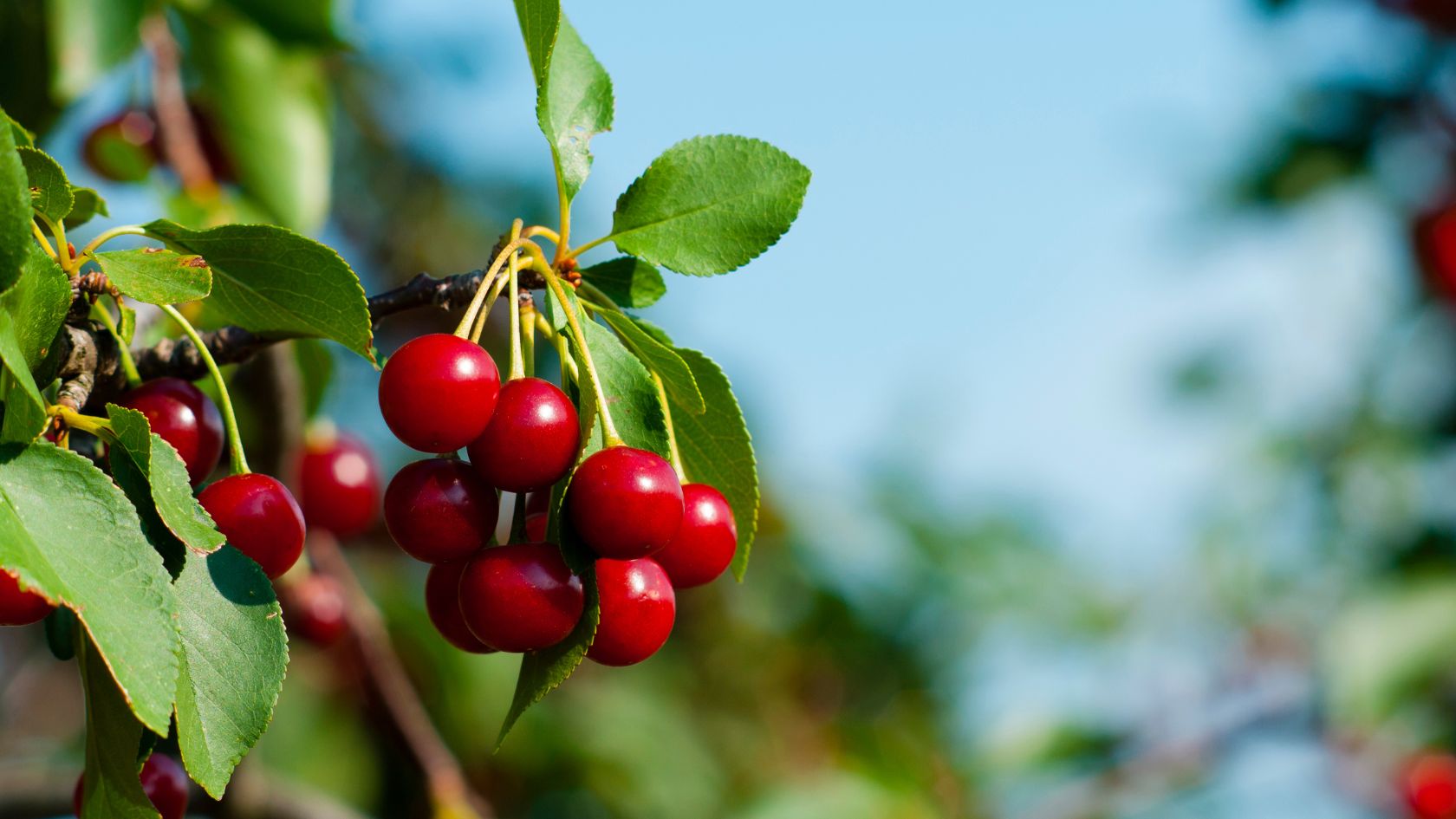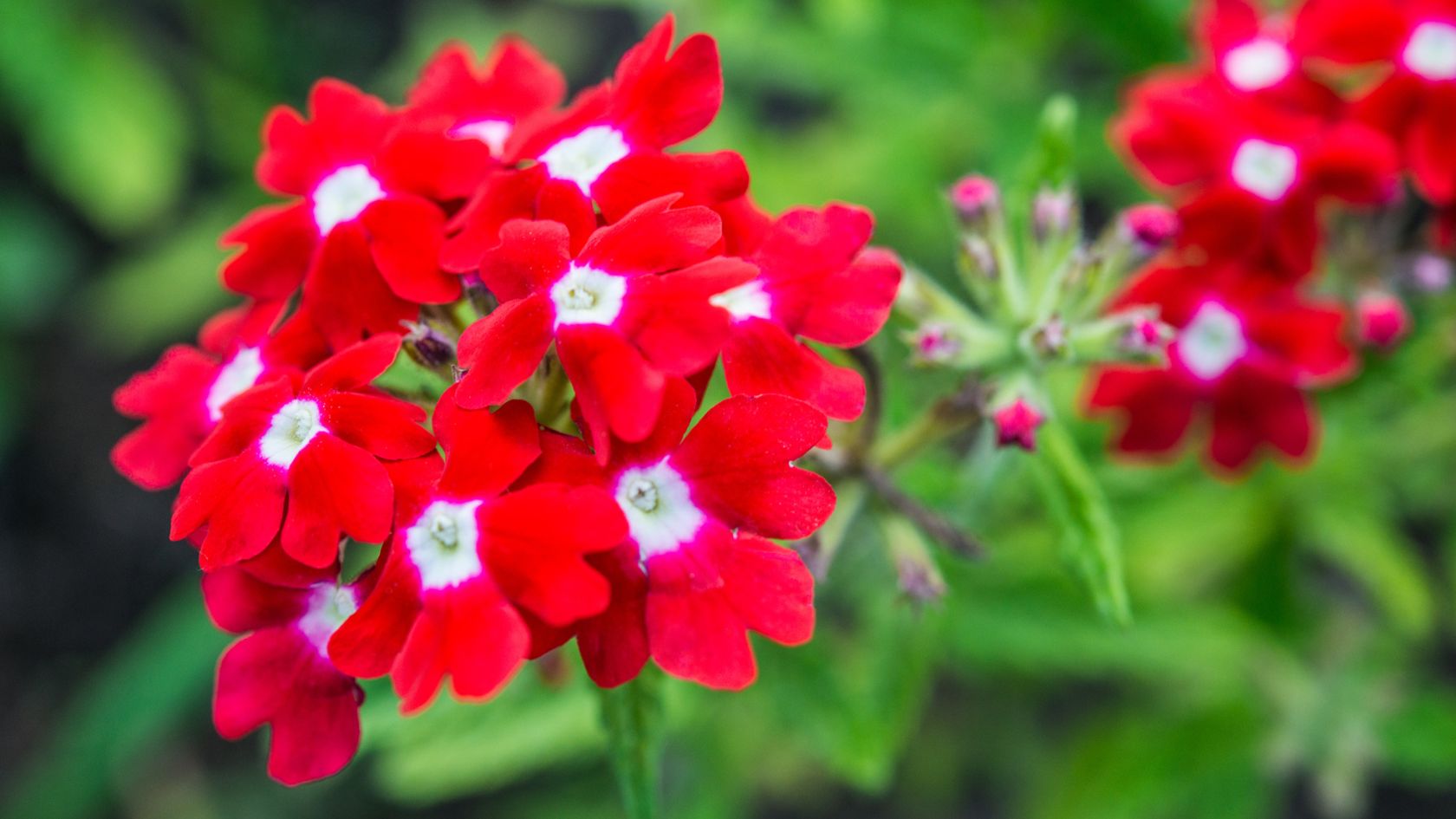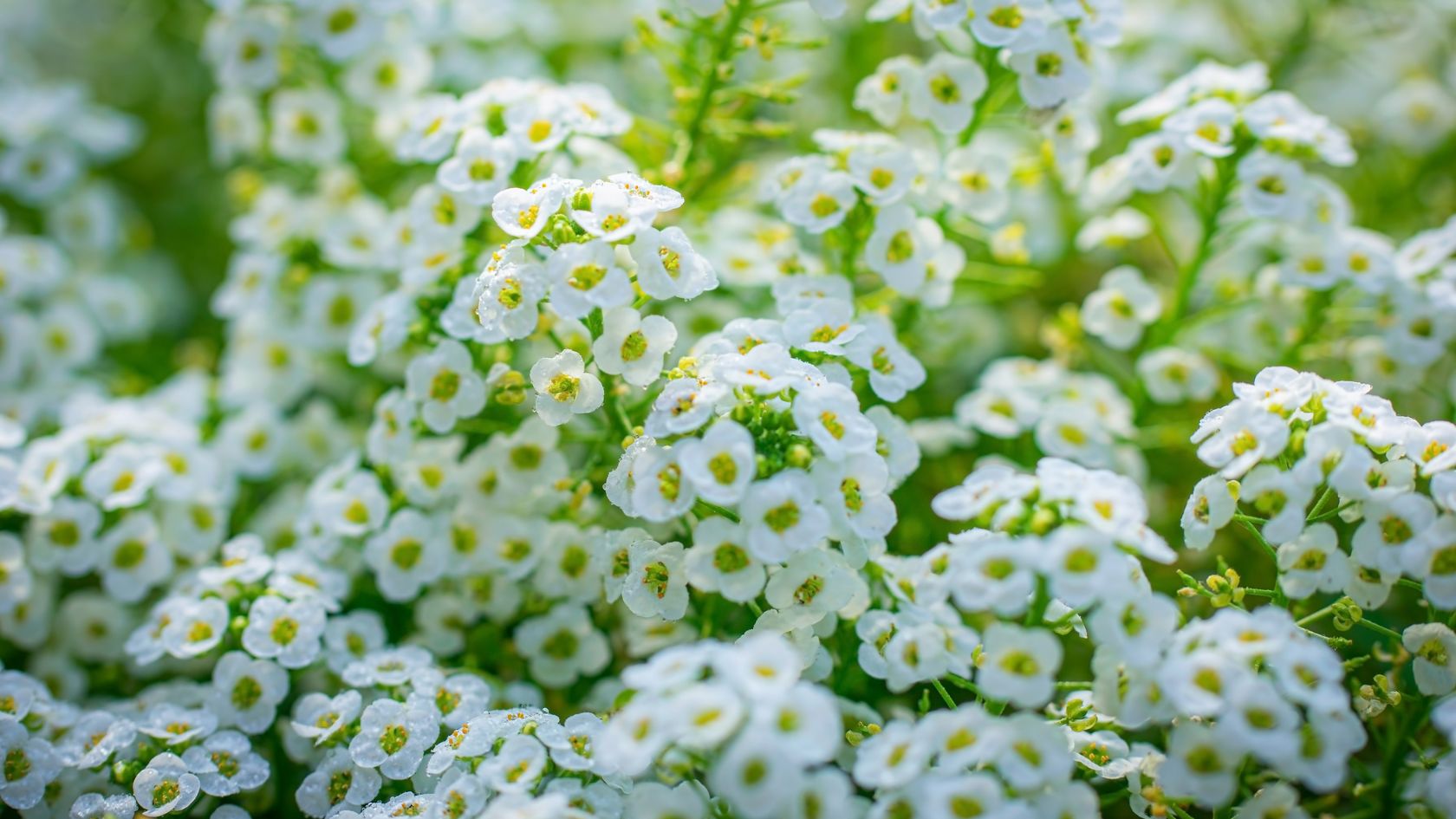Growing your own vegetables is a rewarding experience that allows you to savor the flavors of freshly harvested produce. Snap peas, with their crisp texture and sweet taste, are a delightful addition to any home garden. Not only are they delicious, but snap peas also provide a wealth of nutrients. To help you cultivate a thriving snap pea patch, we've put together this comprehensive guide on caring for your snap pea plants.
Snap peas thrive in cool weather, making early spring and fall the ideal seasons to grow them. They require a location with full sun exposure, preferably getting at least six hours of sunlight per day. Prepare the soil by adding organic matter like compost to improve drainage and fertility. Additionally, ensure that the chosen spot provides support for the plants to climb, as snap peas are climbing plants that require trellises, stakes, or a fence.
Before planting snap peas, it's important to soak the seeds overnight to accelerate germination. Sow the seeds directly in the ground, about an inch deep and two inches apart, allowing sufficient space for the plants to grow. Rows should be spaced at least 18 inches apart to provide ample room for the plants to spread. Once planted, water the seeds gently and ensure the soil remains consistently moist until germination occurs.
Snap peas require consistent moisture, particularly during flowering and pod development. Water the plants deeply, ensuring the soil is evenly moist but not waterlogged. Avoid overhead watering, as this can increase the risk of disease. Mulching around the base of the plants helps retain moisture, suppresses weed growth, and maintains a cooler root environment.
As the snap peas grow, they will develop tendrils that wrap around nearby support structures. Providing a trellis or stakes will encourage vertical growth and prevent the plants from sprawling on the ground. Train the vines gently onto the support structure, ensuring they have room to climb. This not only saves space but also keeps the pods off the ground, reducing the risk of rot or pest damage.
Snap peas are light to moderate feeders and benefit from regular feeding. Incorporate a balanced, slow-release organic fertilizer into the soil before planting. Side-dress the plants with compost or a nitrogen-rich fertilizer once they reach about six inches in height and again during the flowering stage. Be cautious not to over-fertilize, as excessive nitrogen can result in excessive foliage growth at the expense of pod production.
Snap peas are generally resistant to pests and diseases, but it's important to monitor your plants for any signs of trouble. Aphids and spider mites can occasionally infest the plants, but a strong blast of water or an insecticidal soap spray usually solves the problem. Powdery mildew and root rot are the most common diseases affecting snap peas. To prevent these issues, ensure proper air circulation, avoid overwatering, and remove any infected plant parts promptly.
Snap peas are typically ready for harvest about 60-70 days after sowing, although this can vary based on the variety. The pods should be plump, firm, and have a bright green color. Gently hold the stem and pull the pod away from the vine, as twisting or pulling too hard may damage the plant. Harvest regularly to promote continuous pod production and prevent the plants from diverting energy to seed development.
Cultivating snap peas in your garden is an enjoyable and rewarding experience. By providing the right growing conditions, regular watering, appropriate support, and a watchful eye for pests and diseases, you can ensure a bountiful harvest of delicious snap peas. Remember to savor the fruits of your labor by adding them to salads, stir-fries, or simply enjoying them fresh off the vine. Happy gardening!


